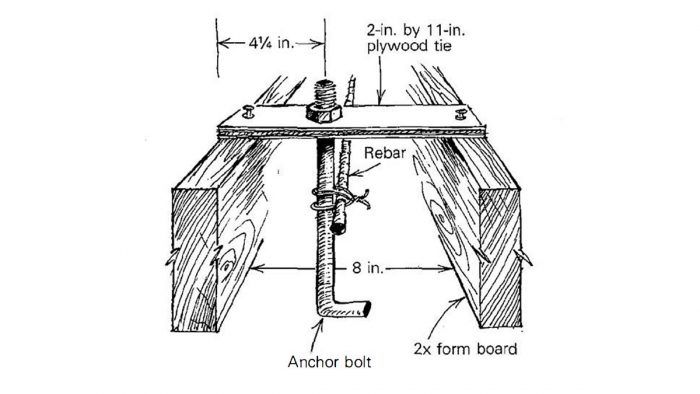
Whenever I build forms for stemwall foundations, I like to have all my anchor bolts in place before the pour. This ensures proper alignment in the center of the mudsill, correct elevation (no chiseling the mudsill to accommodate the washer and nut) and accurate spacing so as not to interfere with my joist layout. In addition, this method guarantees a good bond between the concrete and the bolt, and eliminates the problem of having to poke anchor bolts into concrete that has already begun to set up.
To position the bolts, I use 2-in. by 11-in. rippings of 5/8 in. or 3/4 in. plywood. As shown in the drawing, the rippings also act as ties between opposing 2x form boards, and they can be reused many times. I drill holes in the ties to accept 1/2 in. anchor bolts. The holes are centered 4-1/4 in. from the outside end of the ties, placing a bolt squarely in the middle of a 2×6 mudsill on an 8-in. stemwall. The bolts can be inserted through the holes with the nuts already on.
I typically tie each anchor bolt to the rebar to make sure the bolt stays put during a pour. Another way to keep the bolt in place as the concrete is poured around it is to slip a length of 3/8 in. pipe over the bolt threads. This also keeps the concrete off the threads.
Here in California we have to install beefy hold-downs connected to large-diameter foundation bolts to keep buildings together during earthquakes. The bolts often have to be held exact distances above the finished stemwall. I use the plywood strips in conjunction with PVC pipe spacers to make sure the top of the bolt ends up just where I want it.
Yon Mathiesen, Soquel, CA







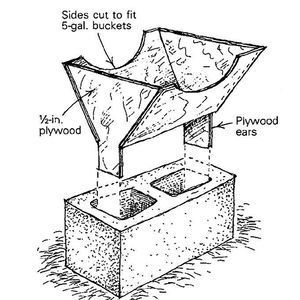
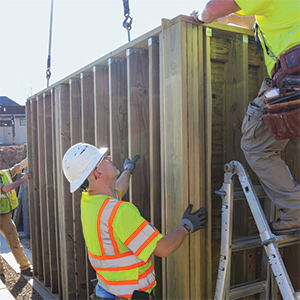
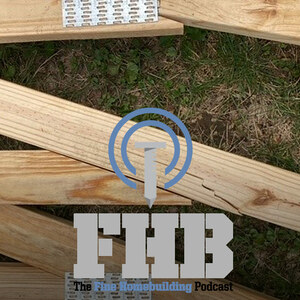






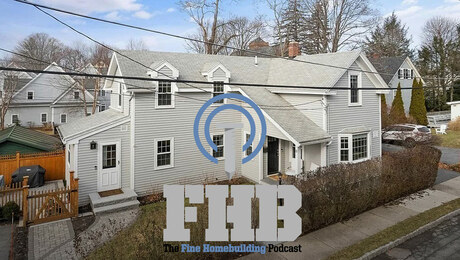
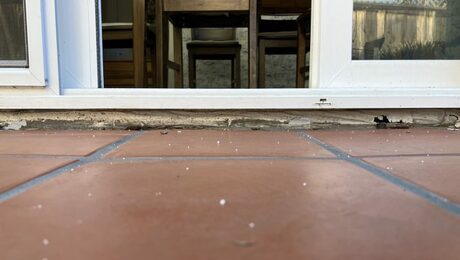
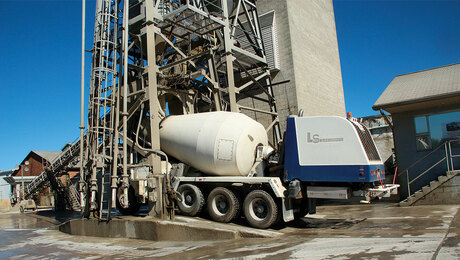
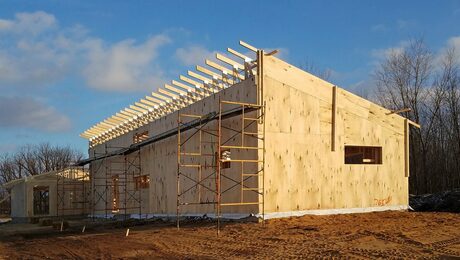










View Comments
Ever hear of mechanical wedge anchors or epoxy bolts?